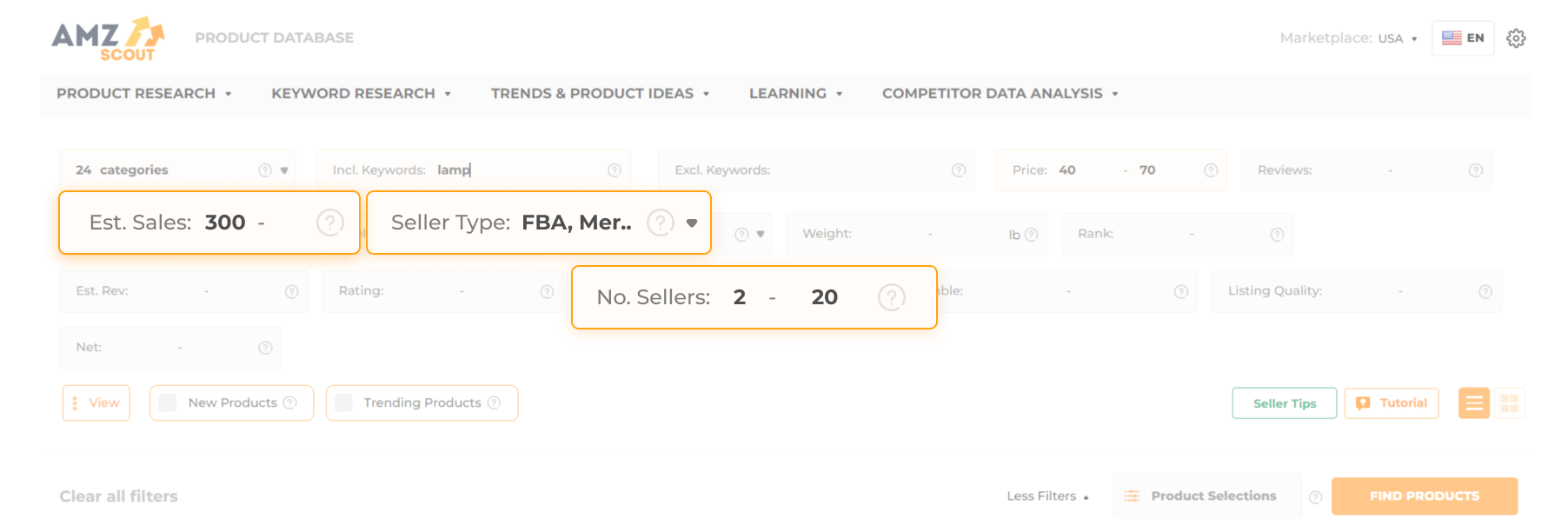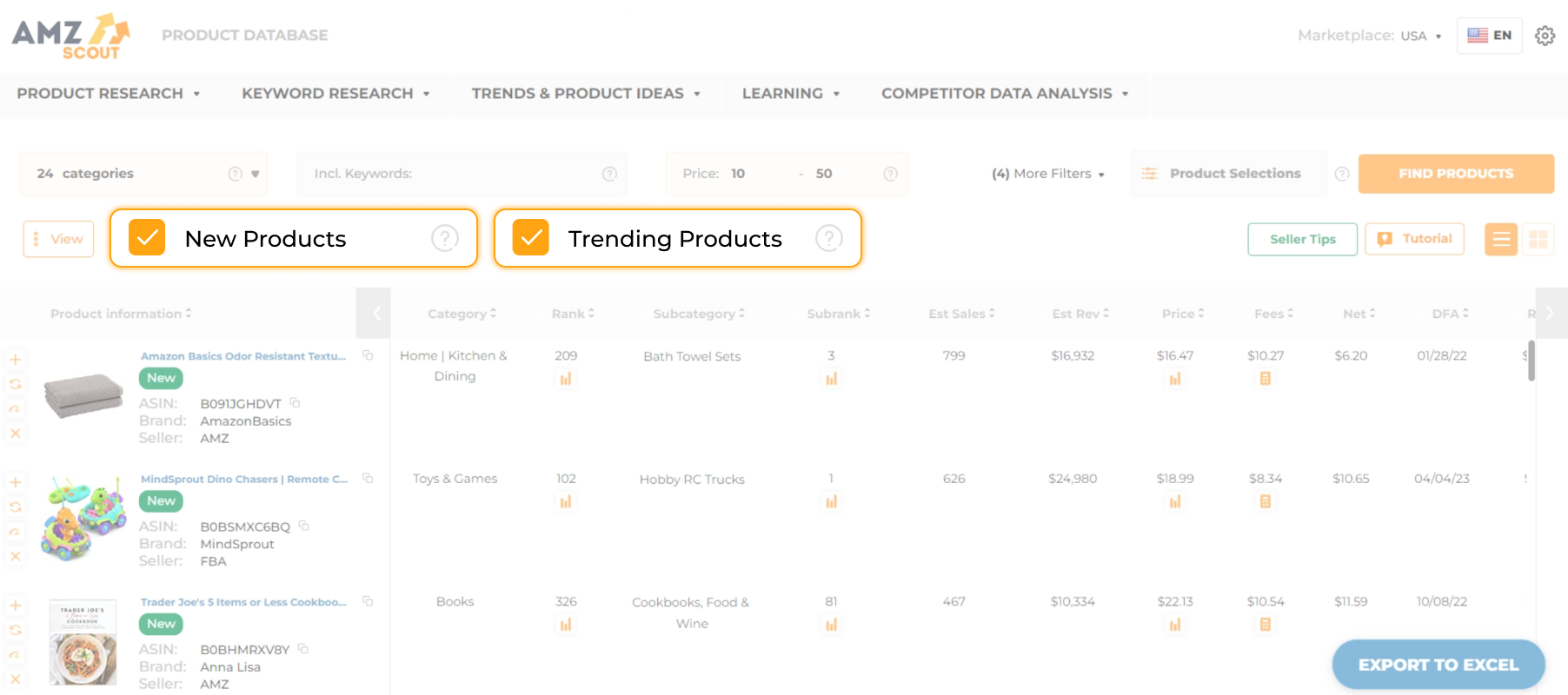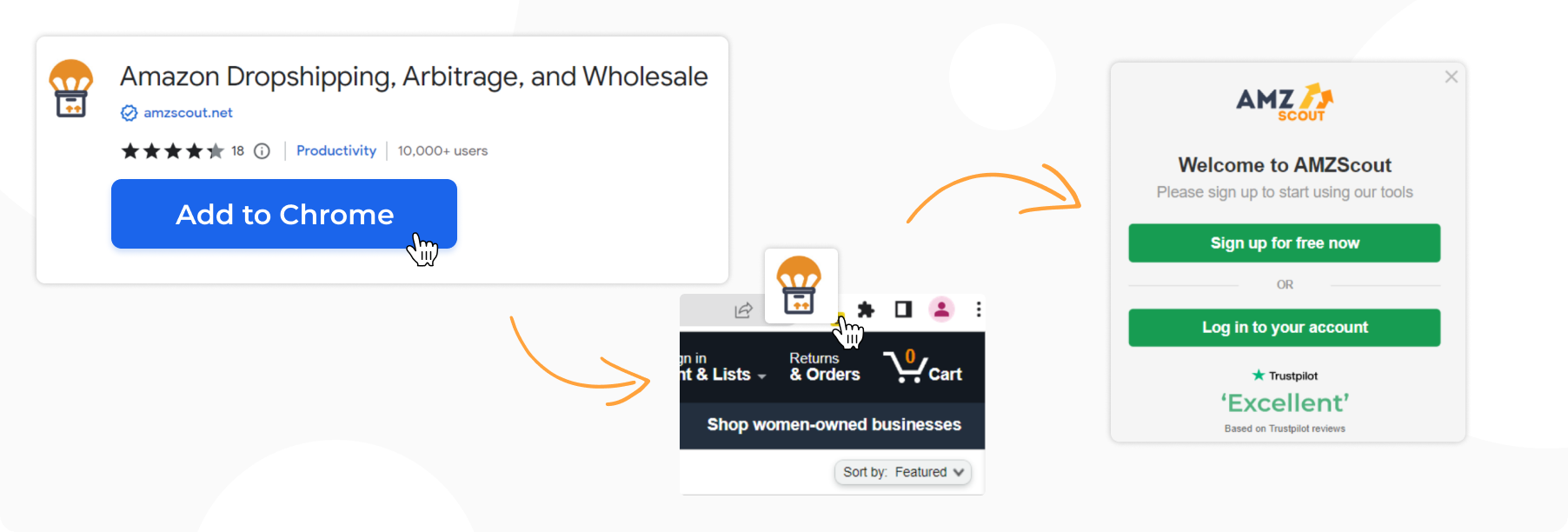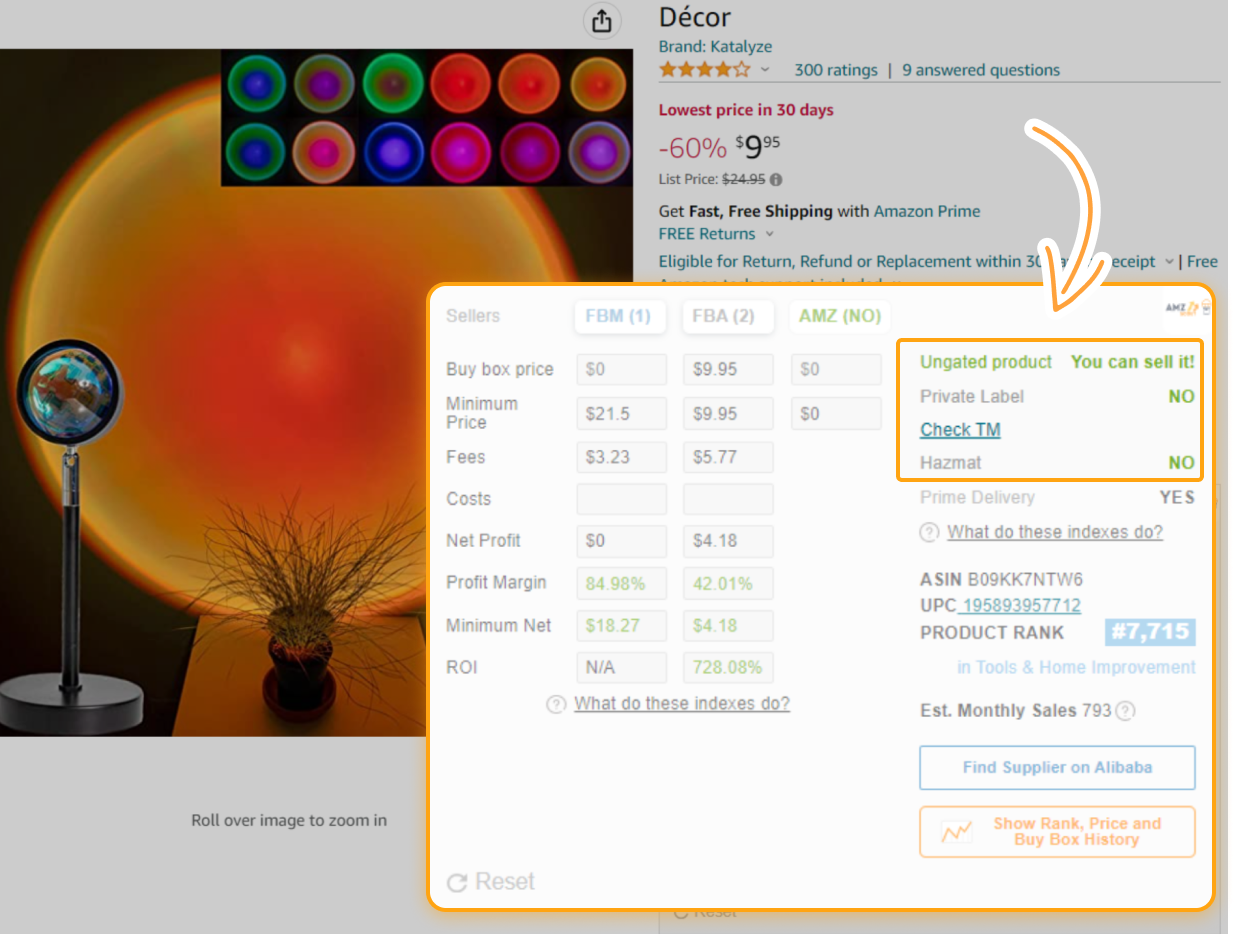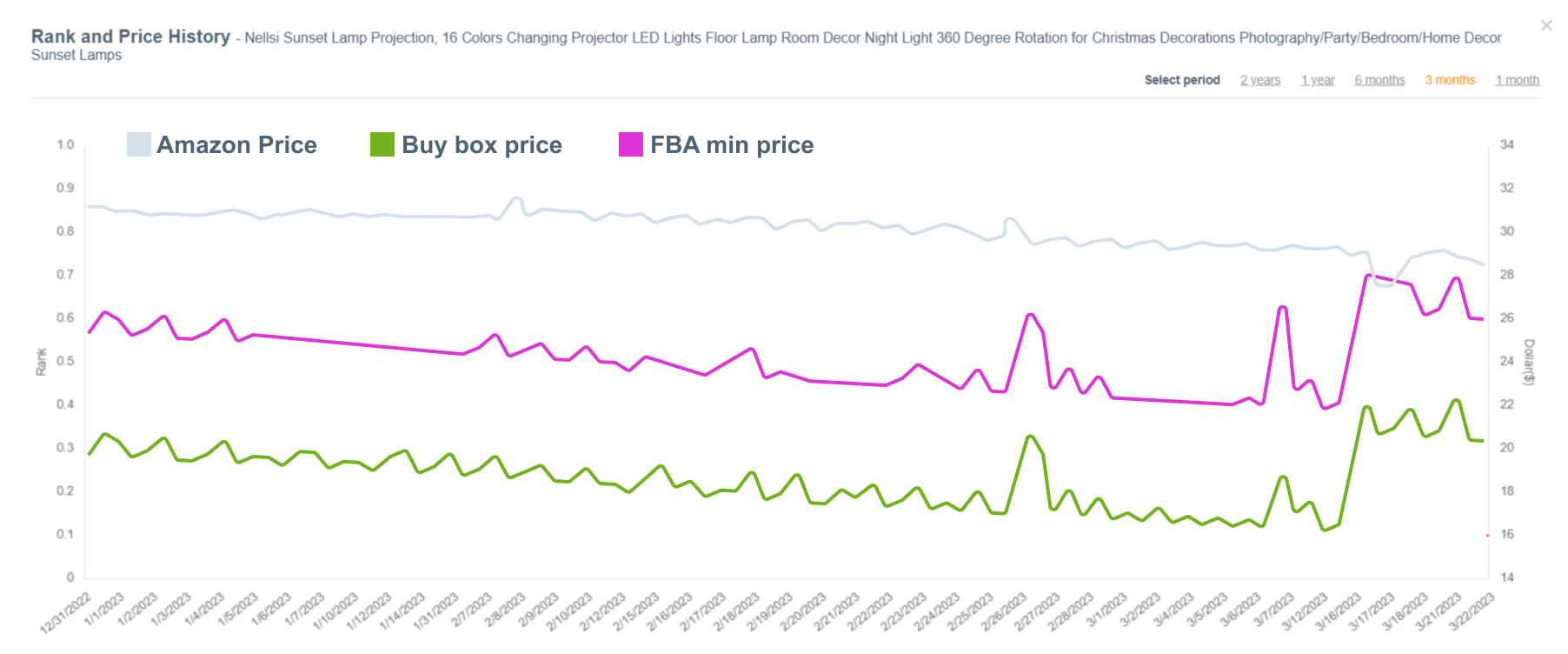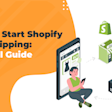
A Beginner's Guide to Starting a Successful Dropshipping Business in 2025
Many people dream of starting their own business to gain more schedule flexibility or create an additional source of income. However, this idea is often set aside due to the high investments and risks associated with inventory management. In this case, starting a dropshipping business could be the perfect solution for entrepreneurs looking for a low-risk, cost-effective way to enter the market.
In this article, we’ll explore how to start a dropshipping business, step-by-step, and share tips on ensuring that it’s successful.
How to Start a Dropshipping Business - Step-by-Step
What is Dropshipping?
Dropshipping is a business model that involves collaborating with a supplier in order to showcase their products on your online store. You only pay for a product when an order is received, and then the supplier ships it directly to a customer.
What’s a good starting budget for dropshipping?
It is possible to dropship with no upfront costs, as some suppliers offer free access to a limited range of products. However, it's essential to note that if you wish to access catalogs and see more products, you may need to subscribe to a supplier service. Also, consider investing in advertising. Dropshipping expenses are highly individual and can vary significantly depending on the platforms you use to source and sell products.
How profitable is dropshipping in 2025?
Despite the low initial investment, dropshipping can yield significant profits. On average, sellers can generate $1,000-$3,000 in revenue each month. Some even manage to run a successful side business, generating tens of thousands in passive income.
Now, let’s explore other reasons why it’s worthwhile to get into dropshipping.
Why Should You Start a Dropshipping Business?
Starting a dropshipping business offers numerous advantages that make it an especially attractive option for beginners. Here are the key benefits of running a dropshipping store:
No inventory management: With dropshipping, there's no need to stock inventory or manage fulfillment, saving you on the costs of renting a warehouse or using space in your home.
Location independence: All you need is an internet connection to run this type of business, allowing you to work from home and enjoy flexible working hours while still making a profit.
Scalability: Testing new products is easy and has minimal financial risk since you don't have to purchase products in advance as you would with wholesale.
Starting a dropshipping business is worth it due to low startup costs, operational flexibility, and high earning potential. With strategic planning and dedication, you can automate your processes while saving time and generating passive income.
Below, you'll find a guide on avoiding common mistakes and building a profitable business.
How to Start a Dropshipping Business - Step-by-Step
While dropshipping may appear to be a straightforward venture at first glance, beginners often find themselves grappling with numerous questions: What products should I import into my store? Which platform is best for selling? Where can I find reliable suppliers? These initial uncertainties can be daunting, so let's delve into each step of how to start a dropshipping business.
Step 1: Choosing a Niche and Finding a Profitable Product
The first crucial step to starting a dropshipping business is choosing a niche in which to operate and identifying the right products to sell. Many beginners make the mistake of importing all available products from a supplier to their online store.
However, not all products are equally profitable due to factors like high competition, low demand, or low profitability. In such cases, efforts and budgets allocated to product promotion may be wasted without seeing significant results. Therefore, strategic product selection is crucial to avoid potential pitfalls and maximize success in the online marketplace.
In order to succeed, it's essential to select high-demand products. This requires thorough product research and niche analysis. There are several effective methods to achieve this. Here are the top three:
Keyword Trend Research
To streamline your search, consider using Google Trends. This analytical tool helps users identify high-volume searches to determine customer demand. Simply enter a category (like "sneakers") into the Google Trends search bar and apply filters for your desired country and timeframe. You’ll see related terms, such as “New Balance 9060”. By identifying terms with consistent growth or high search volume, you can pinpoint specific products on which to focus.
Amazon Trending Products
Another powerful way to identify profitable products is by checking Amazon, one of the largest e-commerce platforms, to view market trends. With its vast product database and extensive customer base, Amazon provides valuable insights into consumer preferences. By visiting the ‘Best Sellers’ section, you can see the most frequently purchased products on Amazon across various categories to spot high-demand items.
Analyzing the Amazon marketplace is made even more convenient with the use of specific analytical tools. For instance, the AMZScout toolkit allows you to get precise data on trending products within seconds. This tool can provide a thorough analysis based on your criteria, helping you identify which products are currently popular.
Get Promising Product Ideas
Follow these steps to find what’s trending on Amazon:
1. Go to the AMZScout Product Database. Enter your email address to start a free trial.
2. Apply the filters to narrow down your search specifically for products with high sales volume and low competition.
In the "Est. Sales" filter, enter an amount of at least 300 sales/month to ensure a high profit potential.
Limit the number of sellers to between 2 and 20 per listing to mitigate intense competition and avoid private label products that cannot be resold by anyone other than brand owners.
Exclude Amazon from the "Seller type" to avoid direct competition on its own listings.
Check the "Trending Products" and "New" boxes to identify items whose sales have increased by more than 20% over the last one to three months and have been recently added to the product database.
3. Click "Find Products" to retrieve your results.
Select items from the product list that intrigue you most. Then you can carefully monitor these items to ensure they align with your business model. This will help you determine whether to incorporate them into your product offerings.
Verify Product Suitability
With the OA Dropshipping Wholesale Extension, you can assess individual products while browsing Amazon. This feature allows you to quickly estimate whether a product can be dropshipped on Amazon and how profitable it's likely to be. Just follow these steps:
1. Install the Amazon Dropshipping, Arbitrage, and Wholesale Extension. Start your free trial by entering your email address.
2. Search for products. Type any product name or ASIN you want to analyze in the Amazon search bar. Click on the product you are interested in (for example, with a ‘Bestseller’ or ‘Amazon’s Choice’ badge).
3. Check product information.
Restricted categories: If the product falls into a restricted category (e.g., HAZMAT or branded products), be aware of additional obstacles. You may need to obtain extra certifications or brand permissions to sell these items.
Private label products: Verify if the product is part of a private label. If it is, dropshipping won't be possible as this won’t be permitted by the brand owner, since it doesn't make sense for them to authorize someone else to sell their branded products.
4. Assess competition. Check how many other merchants are selling this product. If there are more than 20 sellers, the competition might be too fierce. The extension also indicates if Amazon itself is among the sellers, as it's often challenging to compete directly with Amazon on their own listings.
5. Evaluate the product history. Click on ‘Rank and Price History’ to view its ranking over a certain period. This will help you assess the product's performance over time and understand its sales trends. Additionally, by analyzing the price history, you can gain insights into the range within which the final price may fluctuate.
6. Estimate the approximate profit. Input your costs into the built-in calculator within the extension, including the purchase price and shipping. If you're uncertain about the supplier's price, you can estimate what price is acceptable for you and ensure a sufficient profit margin of at least 30%. During the supplier search later, you can check if it's feasible to obtain this price.
This allows you to evaluate the profitability and viability of products for your dropshipping store effectively. Once you've identified promising items, the next crucial step is finding reliable suppliers.
Social Media
Social media is a significant source for finding trending products. Explore hashtags like #musthave or niche-specific keywords. Check out influencers with over 100,000 followers in your niche to see what types of products they are promoting.
There are also videos on TikTok, Instagram Reels, and YouTube that can help you come up with ideas for products to sell. These videos come in different formats, such as bloggers' recommendations, reviews, and unboxing videos. This allows you to view product details, quality, packaging, and the responses to the product from potential customers, as expressed by the number of reactions/views.
You can also join niche-specific social media groups where people often share product recommendations in the comments. Platforms like Pinterest even have sections such as ‘Trending Searches’ that display popular products.
Following these steps will help you identify highly-demand products and analyze their profitability using tools like AMZScout, as described above. This enables you to make informed decisions on adding products to your dropshipping store and make money on emerging trends. Now, let’s explore how to choose the right platform for selling your products.
Step 2: Choosing a Sales Platform
Choosing the right sales platform for dropshipping depends on various factors such as your budget, technical expertise, and more. Here are some popular options to consider:
Amazon: Selling on Amazon is a cost-effective and time-saving solution since you don't need to start your website. You simply register your account ($0.99/sale or $39.99/month) and import products from your supplier through an app or other integration solutions. However, keep in mind that Amazon has its own rules regarding dropshipping, which must be followed.
Other marketplaces: Consider other established marketplaces (like eBay) that offer various selling options and access to international markets.
Specialized platforms: If you sell specific products, look for a niche platform. For example, consider using Etsy to dropship handmade products.
Your own website: Selling items on your own website gives you full control over branding, pricing, and customer relationships. With direct ownership, you have the flexibility to adapt and grow your business without any commissions or limitations imposed by third-party platforms.
Here are a few platforms that allow you to build your online store with minimal development effort:
Shopify: There, you can build an online store from scratch without special knowledge, and customize it to your taste. Many suppliers also have automated integrations set up for easy product import.
Bigcommerce: This platform offers more advanced tools, so there are no limits on creating product variations, etc. However, you might need to learn how to utilize the interface, which is more complex.
WooCommerce: It is cheaper than Shopify and allows full customization of your website. However, you'll most likely need to hire a developer to build it and manage the more technical aspects like hosting.
Keep in mind that if you decide to build your own website, even with a website builder simplifying the technical process, you will still need to know the basics about web design best practices. You'll also need to invest time and money in supporting and promoting your website to drive traffic and increase sales.
Considerations for Novices
When choosing a sales platform, the most important thing is automation. If most suppliers don't offer apps, API, or plugins, it'll cost you too much time to manually input and update your product data.
For novices, Amazon can be the best solution, as you only need to upload products on their ready-made website, and Amazon provides a vast customer database. This eliminates the need for technical skills and ensures a smoother setup process.
Once you've selected the right platform, it's essential to find a supplier who offers the best terms. Let's explore this further in the next section.
Step 3: Finding Dropshipping Suppliers
There are numerous avenues to help you find dropshipping suppliers, each offering its own distinct advantages. Here are several examples of where to begin your search:
Online marketplaces: There are many platforms with AliExpress being among the biggest. They are known for their vast product selection and competitive prices. They also offer a turnkey website for free and a 14-day trial period.
Wholesale directories: SaleHoo is a reliable resource for finding dropshipping partners where you can check verified supplier profiles and comprehensive company information. Additionally, Wholesale Central provides detailed supplier credibility ratings to assist in your decision-making.
Dropshipping platforms: BDroppy integrates seamlessly with various platforms like Amazon and Shopify, and offers high-quality products from reputable brands. Platforms like Spocket focus on specialized services, such as connecting dropshippers with U.S.-based suppliers.
Evaluating Suppliers
When evaluating suppliers, it’s common for individuals to prioritize pricing. Many suppliers may require a subscription fee for access to their product catalog, but it’s essential to look beyond this factor and consider the following additional aspects:
Product range: Assess each supplier’s product variety, quality, and available brands. Limited size range or quantity may hinder your ability to compete effectively. Inquire about new arrivals frequently to ensure a dynamic variety of products.
Reliability: Research supplier reviews on platforms like Trustpilot and explore buyer feedback on AliExpress. Searching for fraud-related terms alongside the supplier’s name in Google can reveal potential issues. Also, pay attention to customer support quality for prompt issue resolution.
Shipping and costs: Confirm that shipping times align with your platform’s requirements. For international sales, clarify the supplier’s approach to customs fees and documentation. Ensure transparency regarding all shipping costs.
Payment methods: Check for secure and efficient payment methods like PayPal to expedite transactions. Slow payment processes, such as bank transfers, may delay order fulfillment and impact customer satisfaction.
Integration solutions: Look for suppliers who offer platform plugins for seamless product importation. Avoid manual data entry or uploading/updating Excel catalogs. Evaluate the need for API integration, considering the associated costs and level of technical expertise required.
Ability to work with your selling platform: It's important to consider the regulations and guidelines imposed by your chosen platform. For example, Amazon has strict requirements concerning product packaging and labeling. Therefore, it's essential to ensure that your supplier is capable of adhering to these rules.
By considering these factors carefully and conducting thorough research, you can identify reputable dropshipping suppliers.
Step 4: Registering Your Business
While many suppliers and selling platforms may not explicitly require business certificates from their dropshippers, registering your business is essential to avoid potential legal issues and fulfill all tax obligations properly.
Contact your local state agency to obtain the necessary information and guidance to register your business. Registering your business properly also enables you to take advantage of certain benefits, such as tax deductions and liability protection.
Once you have set up your business, it's necessary to drive sales. Let's delve into this further in the next section.
Step 5: Marketing Your Business
Increasing the visibility of your products is crucial for attracting customers to your dropshipping store. Running PPC campaigns and implementing SEO optimization strategies can help to drive targeted traffic to your site, while collaborating with influencers in your niche can expand your reach through social media promotion.
Additionally, offering discounts or incentives like free gifts can entice new customers to make purchases. Also, by reaching out to customers after their purchase you can get reviews to significantly enhance the credibility of your products. Positive reviews serve as social proof, influencing the purchasing decisions of potential customers and building trust in your brand.
By implementing these strategies, you can effectively boost your store's visibility and attract buyers. In the next section, let's explore additional tactics for increasing revenue.
Tips for a Successful Dropshipping Business
There are also indirect factors that can influence your performance. Successful dropshippers recommend paying attention to these aspects:
Excellent customer service. Strive to respond to all customer inquiries within 24 hours. Provide user-friendly and informative responses. Consider creating a comprehensive FAQ section or implementing a chatbot to handle common questions and issues efficiently.
Competitive pricing. Perform competitor analysis regularly to monitor their prices and special offers so you can adjust your pricing strategy as needed. While it's important to offer an attractive price to differentiate your listing from your competitors, you also don’t want to set your price too low. Otherwise, customers may doubt the quality and authenticity of the product, or you might end up with only a small profit.
Trend research. Perform consistent market analysis to identify trending product ideas and shifts in consumer preferences. Adapting quickly to market trends can give you a significant competitive advantage.
Vast product range. Expand your product offerings by adding more items to your store. Dropshipping allows you to diversify without needing to store your own inventory. However, you also need to ensure that your product range remains cohesive and relevant to your niche. For instance, if you run a clothing store, avoid adding unrelated items like fishing accessories.
Financial management. Track your expenses, revenue, and profits using accounting software to maintain a clear understanding of your financial health.
It's hard to tell how much time is needed to set up a successful dropshipping business, as this varies for each individual. However, refining your offers and working on improvements continuously will enable you to achieve long-term success.
Conclusion
Dropshipping offers low entry barriers, making it an attractive business model for novices. However, your venture’s success relies on various factors, with product selection standing out as paramount. Use the AMZScout toolkit for swift analysis of potential items to sell. By meticulously choosing your offerings, you increase your chances of profitability and stable business growth.
